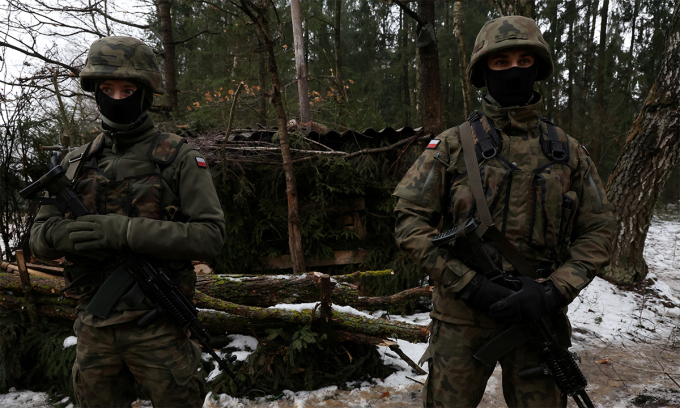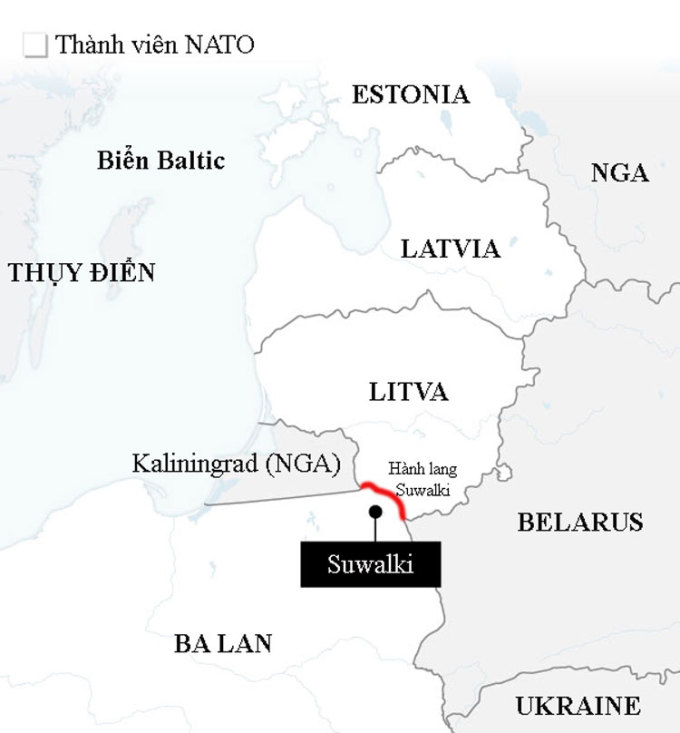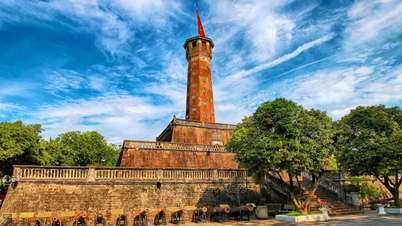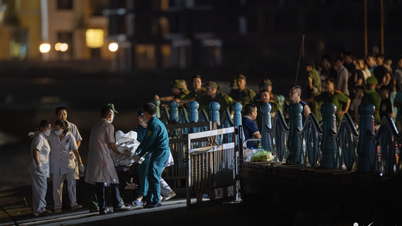The Wagner threat and Minsk's exercises near NATO's throat are escalating tensions along the Polish-Belarusian border.
Polish Defense Minister Mariusz Blaszczak said on August 10 that Poland would send 10,000 additional troops to the border with Belarus to help border guards prevent potential attacks. Ten days ago, Warsaw accused two Belarusian military helicopters of violating its airspace, a claim Minsk denied.
Poland has seen a surge in migrants crossing its borders from the Middle East and Africa in recent months. Since 2021, Warsaw has repeatedly accused Belarus of hosting thousands of migrants and encouraging them to illegally cross into Poland.
The presence of hundreds of Wagner fighters in Belarus following the uprising in Russia in June has also heightened Poland’s concerns about border security. Meanwhile, Belarus has continued military exercises near the border this week, and President Alexander Lukashenko has repeatedly said he is trying to contain Wagner members who want to enter Poland.

Polish soldiers near the border with Belarus in January 2022. Photo: Reuters
Polish Prime Minister Mateusz Morawiecki warned that Wagner forces could blend in with the flow of migrants to infiltrate Poland, or pose as Belarusian border guards to assist many people to illegally cross the border.
“As mercenaries, this force could create a lot of disturbances on the Polish border that would be difficult to directly attribute to Russia or Belarus,” said Dr Barbara Yoxon, lecturer in international relations at Lancaster University.
The Polish Prime Minister did not rule out the possibility that Wagner was preparing to carry out acts of sabotage against Poland and Lithuania. Lithuanian officials said they were ready to respond to any instability on the border.
“The possibility of provocations on our border is there. We are preparing for this,” Rustamas Liubajevas, head of Lithuania’s border guards, said earlier this week.
Belarus's exercise area is very close to the Sulwaki Corridor, a narrow strip of land that cuts across Poland and Lithuania and is also known as NATO's "throat." The corridor is also strategically sensitive as it separates Belarus from Russia's Kaliningrad exclave, where the Baltic Fleet is headquartered.
Many military analysts see the Suwalki Passage as a potential flashpoint in the event of a conflict between Russia and NATO members, including Poland and Lithuania. The concern is that if Russia, along with Belarus, were to use military force to control the corridor, it could cut off the three Baltic states of Lithuania, Latvia and Estonia from the rest of NATO allies in Europe.
“This is a fatal choke point. Russia and Belarus will easily prevent NATO from sending reinforcements to protect the Baltic states,” said Dr. Yoxon.
Few military analysts believe Russia has plans to attack the Baltic states, but they say Wagner could be a tool for Moscow to test NATO's response.
"Part of the Russian and Belarusian exercises is to test public opinion and how NATO countries would react to the territorial invasion," said Professor Malcolm Chalmers, a fellow at the Royal United Services Institute (RUSI).
Russia and Belarus have signed a number of military agreements in recent years. Minsk has allowed Russian troops to use its territory as a staging ground for incursions into Ukraine and now allows Moscow to deploy tactical nuclear weapons on its territory.
Dr Anais Marin, a researcher at Chatham House, does not rule out the possibility that military helicopters operating near Polish airspace could be Russia's intention to "ensure that Belarus remains an adversary of Minsk and NATO, while remaining a firm partner of Moscow".
The Russian leader once warned the West that "launching an attack against Belarus means launching an attack against the Russian Federation. We will respond to it with all available resources".
Such a harsh response from Russia could trigger NATO to invoke Article 5, the alliance’s collective defense rule. Many observers fear that regional tensions are escalating to the point where they could erupt into a military conflict.

Location of Poland, Belarus and the Suwalki Corridor. Graphic: WSJ
However, Anatol Lieven, director of the Eurasia program at the Quincy Institute, said Poland would not initiate a conflict because "it would be unpopular with most other NATO countries." The US and many of its allies have so far tried to avoid a direct military clash with Russia.
Most observers believe that tense border moves such as troop movements and military exercises by Poland and Belarus may only be aimed at deterrence.
Geoffrey Roberts, emeritus professor of history at University College Cork in Ireland, said it would be difficult for Poland to make any military move without a green light from the US. "Moving against Belarus would mean starting a war with Russia, and that is not what Warsaw or the West wants," Roberts said.
Thanh Tam (According to BBC, FT, RS )
Source link






























![[Photo] National Assembly Chairman Tran Thanh Man visits Vietnamese Heroic Mother Ta Thi Tran](https://vphoto.vietnam.vn/thumb/1200x675/vietnam/resource/IMAGE/2025/7/20/765c0bd057dd44ad83ab89fe0255b783)




































































Comment (0)